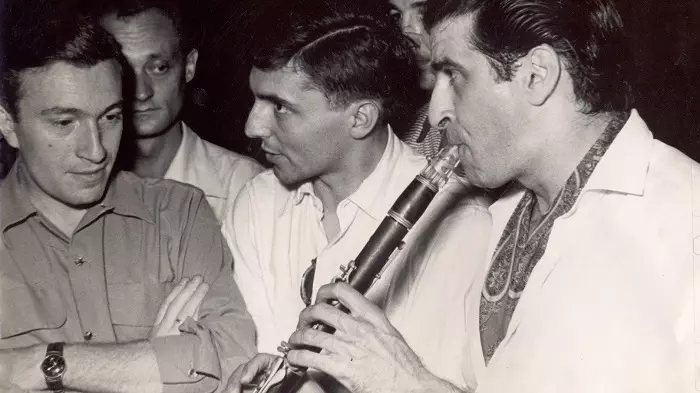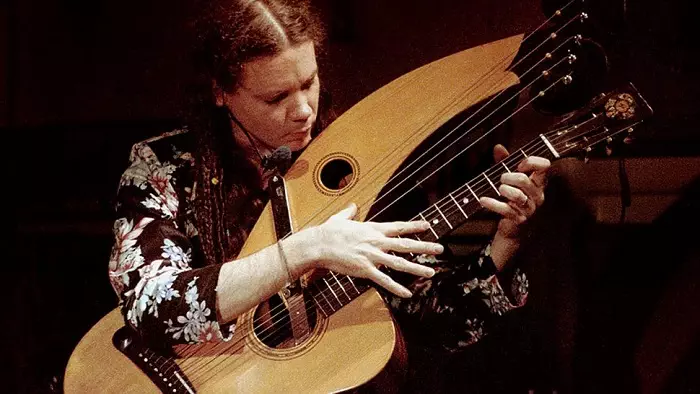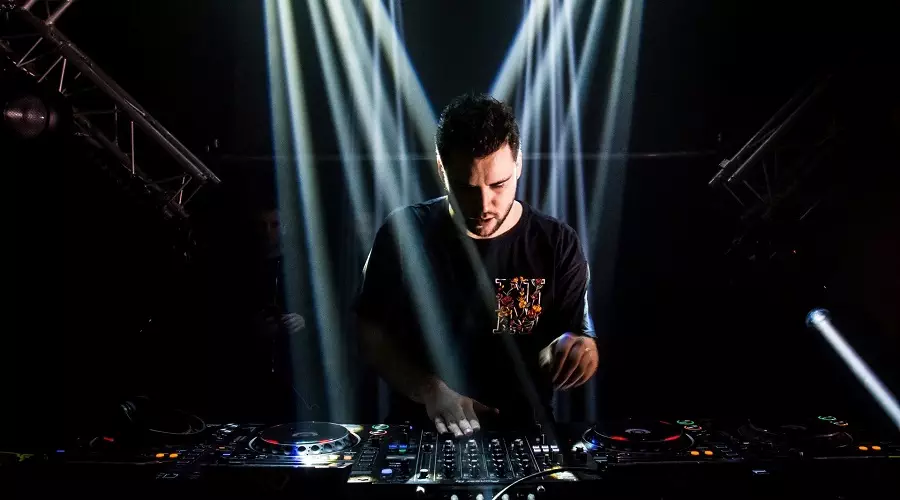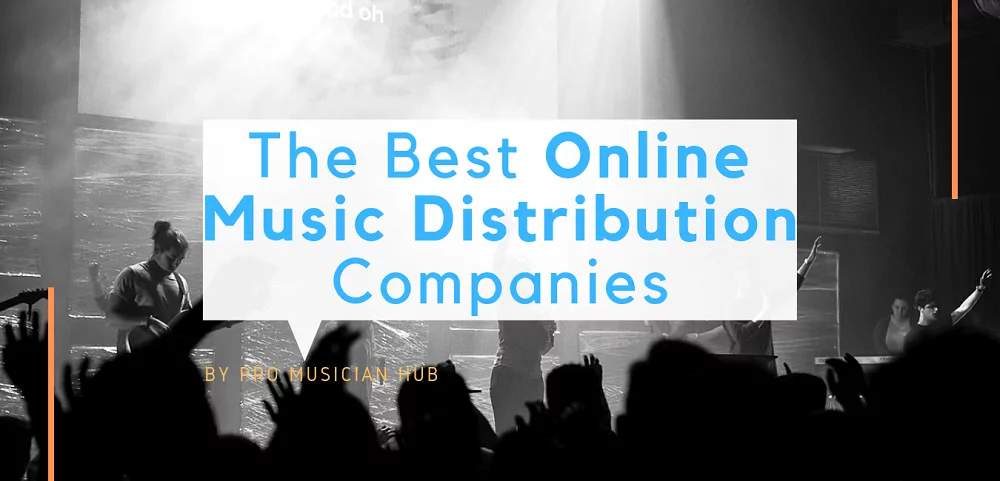A friend once described it to me as “what I imagine deserts at night sound like,” and I couldn’t find a more accurate definition of New Age music since then!
Once used as occasional background music in tarot card readings and spas, the New Age music has oozed into the mainstream in the 80s. The trend lasted for a couple of decades before it faded into nothingness. Yet, it’s making some sort of a comeback now.
The Hippy Dippy music that was once limited to spas and holistic practices is now the new cool. For some reason, young people are digging through vintage records and rediscovering some hidden gems of the subliminal and/or ludicrous New Age music of the 80s.
Just like many music genres, the boundaries of New Age music are porous. Is it electronic? Psychedelic? Ambient?
If yes, what are these non-western elements doing here?
What Is New Age Music?
New Age is a music genre that aims at creating an atmosphere of tranquility, relaxation, and sometimes, artistic inspiration. It emerged in the 1970s and reached the peak of its popularity in the 1980s and 1990s.
New Age music is acoustic, and it incorporates sounds recorded from nature like rain, bird sounds, and thunderstorms. Then, it mixes them with acoustic instruments with a focus on non-western acoustics and electric synthesizers.
The end result feels like background music; long, steady, and minimalistic with no repetitions. That’s probably why some people actually name it ‘Music for Spa and Relaxation.’
The Origins of New Age Music
Unlike other music genres produced due to mere musical experimentation, New Age music emerged from the meditation and holistic fields. You can see why it was trending in the ‘Wellness Era’ that focuses on destigmatizing mental illness and promotes a culture of healing and recovery for the mind, body, and soul.
It might be surprising, but the first seed for New Age music grew out of electronic music that was trending in the sixties. Electronic music was so popular that some progressive rock groups started embracing it, like Pink Floyd. Their album, The Dark Side of the Moon, is a good example of that.
Some musicians, who were not happy about the influence technology had on music, started to bring their music back to the basics by incorporating more acoustics from the piano, flute, and guitar. The result of that was the very first form of New Age music.
Yet, people who witnessed the ascendance of New Age music will tell you that it was not received well. For baby boomers, New Age music lacked personality, while for youngsters, it lacked the energy and personality of rock, punk, and disco that were popular back then.
As for musicians themselves, they found it hollow and insincere, and it was a shortfall of melodic hooks, rhythms, and authenticity. The absence of form and defiance of musical rules didn’t do New Age music any favors. That was probably because New Age music was made to promote the new healing, a holistic culture that was emerging back then.
The First New Age Album
Music for Zen Meditation, 1965, by Tony Scott is known to be the very first New Age album ever.
Tony Scott was a key player in New York’s Jazz scene in the 50s. The clarinetist has played alongside the eminent Miles Daves, Charlie Parker, and Billie Holiday.
By the end of the 50s, the trumpet and saxophone had eclipsed the role of the clarinet in Jazz. Coincidentally, Scott was mourning the loss of some of his colleagues who passed away, and he embarked on a traveling journey to deal with grief.
The turning point was when Scott met a Japanese Jazz writer, Mata Sagawa, who arranged his visit to Japan and other Asian countries. Scott found inspiration there and started to assimilate his Jazz with Asian music of Thailand, Hong Kong, Korea, and Indonesia.
He studied traditional Japanese music and read dozens of Zen meditation books. The whole quest led him to the idea of producing a record for meditation specifically, which ended up being the first album in a new music genre that will be later called ‘New Age.’
Music for Zen Meditation says a lot about New Age music. Not only does it mix sounds from the east and west in an unsystematic way, but it also emphasizes the fact that this type of music has a purpose and specific use. It’s not for enjoyment only.
Scott cleverly used the track’s names to draw attention to the soothing and minimalist quality of his new music. The album included these track names:
- After the Snow, The Fragrance
- Is Not All One?
- The Murmuring Sound of the Mountain Stream
- To Drift Like Clouds
- A Quivering Leaf, Ask the Winds
- Satori (Enlightenment)
Two Japanese artists recorded the album with Scott; Shinichi Yuize on koto and Hozan Yamamoto on the bamboo shakuhachi flute. Improvising over the Japanese scale, the trio produced music that didn’t conform to the usual ‘song’ form, but it was rather a wrapping of the flute and strings around a lyrical line. The whole thing was much slower than the Jazz tempo that Scott used to play in New York.
Music with Purpose
It’s odd to talk about functionality when it comes to music and art in general. Art has no utilitarian function per se. Yes, we do enjoy it, get inspired by it, or bond with it on some level, but all of these aren’t actual ‘functional’ benefits.
As anthropologists say, the purpose of art is rather to give meaning to stuff, according to how we interpret it, but it doesn’t have a specific function in and of itself.
However, New Age music has another saying in that. It’s one of the few art forms that serve a specific purpose: helping in relaxation and soothing through wellness activities like yoga, massages, and the like.
In the eighties, New Age shops were a thing. People would go there to buy healing crystals and books on holistic wellbeing.
The phrase ‘New Age’ was deliberately broad and indeterminable to encompass a wide range of holistic practices and trends. Everything that had a non-western quality to it could be labeled New Age.
The music was no different; you’d find in those New Age shops some New Age music cassette tapes that you can play while doing your New Age activity, whatever that is. The music shall help you focus and provide you with a clean headspace to heal.
That’s why you feel that New Age music is both brainwashing and brainwashed; its devotion to functionality over artistry has put it in a controversial place for both listeners and musicians.
New Age vs. Ambient – Are They the Same?
No, New Age and Ambient music are not the same.
Although, some people use the two words interchangeably to refer to ‘Ambient Music’ because of some sonic similarities between the two. The loose definition of what can be considered New Age music contributes to that.
Each of New Age and Ambient music has its own purpose and target audience. Ambient music is more avant-garde, high-brow, and sophisticated. It’s directed towards audiences who’re looking for a sonic background. The restfulness vibe of ambient music makes it suitable for that.
On the other hand, New Age is targeted to hippy-ish communities and as a companion to all New Age and wellbeing activities like meditation, yoga, and healing. The ‘restlessness’ of Ambient music can’t be found in New Age, as it kinda defeats the whole purpose.
If you want to get a sense of what they both sound like, we recommend you check the music of Brian Eno and Harold Budd, who are the true stars of Ambient music. In case you’re eager to explore with New Age, give the music of George Winston, Yanni, or Enya a spin. You’ll get a sense of what we’re talking about.
The Many Faces of New Age Music
“New Age is a very small box. It was a term that was brought in by the music industry to classify music that is neither Jazz, classical, pop, or rock. They didn’t know what to call it or what to do with it. So they threw it all together under this one name.” – Yanni.
Yanni is one of the most famous New Age musicians worldwide. However, we’re not quite sure that he’ll approve of this title himself! Yet, Yanni’s music is definitely an eclectic fusion of ethnic sounds, and his music ensemble is one of the most diverse in the world.
Although many would argue that New Age is a limited genre bound by its functional use, exploring New Age music reveals that there are multiple flavors to New Age that draw inspiration from different genres, and even the great Yanni, agrees with that.
Michael Hedges – Folk and Country
Michael Hedges is a case in point for people who claim that New Age music is far from boring. If anything, Hedges performance and attitude are those of a rockstar rather than a New Age musician. Yes, the hippie style and ponytail are there, but the music isn’t heavily influenced by electronics.
Hedges’s compositions rely primarily on the bona fide guitar, which he plays, alongside a couple of musicians who usually played some sort of percussion and a synthesizer. His album, The Road to Return, was the point from which he started going for a more minimalist, natural-sounding music.
Kitaro – Jazz and Blues
Kitaro is a Japanese composer whose music is way too different from Hedges’s. Kitaro’s influences are mostly from Jazz and Blues, where his music relies heavily on synthesizers.
Interestingly, Kitaro has begun his musical career as an electric guitarist. He formed a band in high school and released two progressive rock albums. It wasn’t until he met Klaus Schulze, a famous German synthetist, that he was hooked to the whole synthesizer music thing.
In 1999, Kitaro won a Grammy for the Best New Age Album for his album Thinking of You. Besides, he did receive a Golden Globe for the Best Original Score for his score of Heaven & Earth.
Where’s New Age Music Now?
The 1990s witnessed a descendence of New Age music mainly because its ‘fluidity’ went too far beyond genre limitations. New Age artists went overboard with embracing other music genres and incorporating them into their music that the label no longer had meaning.
Since then, other genres have progressed and even morphed into different forms, while New Age remained in place.
However, in the late 2010s, a subtle interest in New Age music started emerging, mostly between young people who’ve been collecting vintage records of New Age music that date back to the 80s. The increased awareness of the global environmental situation, climate change, and other serious issues that harm our planet definitely have encouraged that interest.
Matthew McQueen – The New ‘New Age’
Matthew McQueen, who also operates under the alias Matthewdavid, is an upcoming New Age artist who intends to redefine the genre and revive it against the harsh critique it receives and the claim of it being “music for hot tubs.”
McQueen has made it his mission to unearth hidden treasures of New Age music from the 80s. He admits that most of them sound quirky and unconventional. They might even be a bit cheesy.
However, he believes that there’s something very experimental going on there, and he admits that New Age music has helped him during a tough time in his life. So, yes, it does have healing power!
The uprising artist is trying to innovate and present New Age music to open-minded young people who might be willing to experience it. He believes that New Age now isn’t the New Age that our parents listened to.
It doesn’t have to be the elevator music of Windham Hill that you’d roll your eyes and scoff while listening to, but rather a cool new form that draws inspiration from psychedelic and electronic music. His hit song ‘In My World’ is an excellent example of that.













